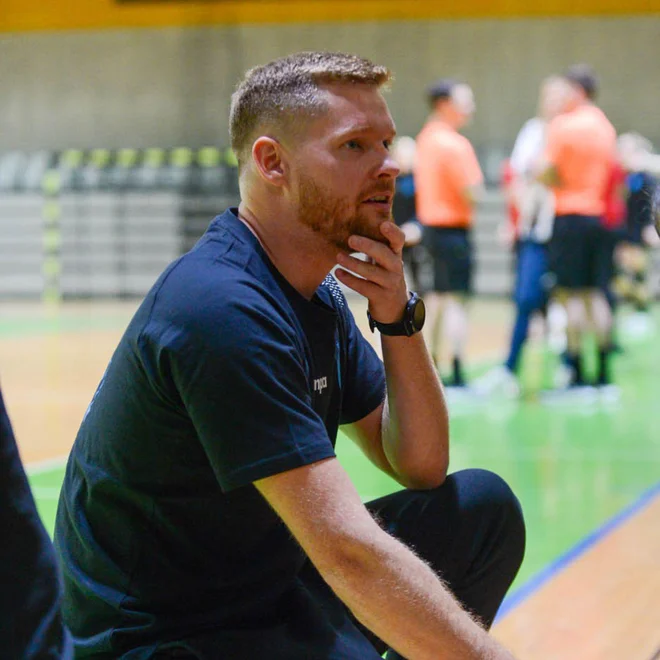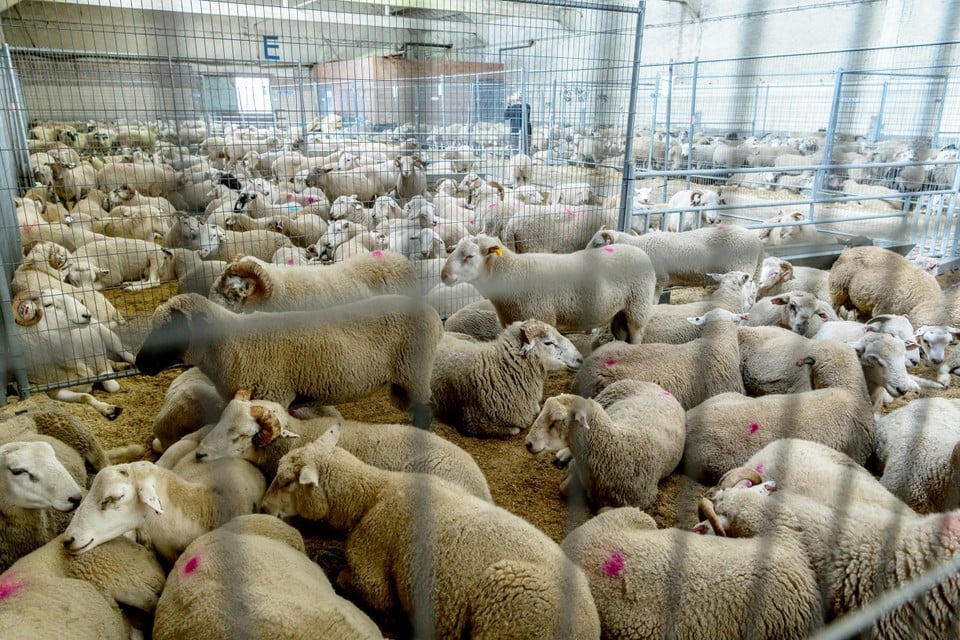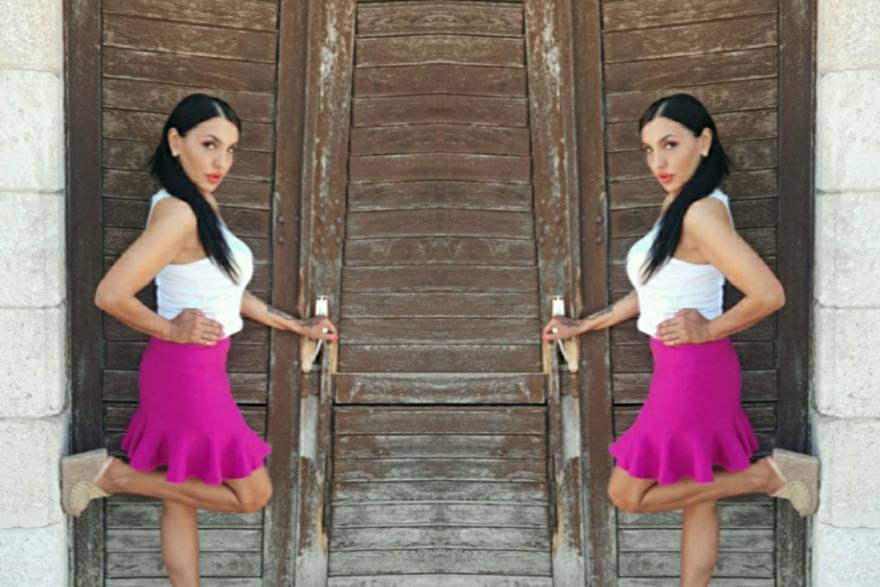Elin and Paula found some 40 half-siblings

The man from Finland was a biological father of far more children than anyone had expected. Now Swedish siblings Elin and Paula have become accustomed to being regularly informed of new half -siblings. The majority of these live in the Stockholm area.
– New people are constantly emerging. Most recently it was just under a month ago, Elin tells DN.
The story started in Finland in the 90s. As a result of a change in the law in 1984, anonymous donation of sperm was prohibited in Sweden. In addition, the queues were long in Sweden, which resulted in many Swedes applying to Finland to undergo fertility treatments. This is also what Elin and Paula’s parents did. But it took until Elin was ten years old before she found out that her father was not her biological parent.
– My dad didn’t even want to tell us that they had used a donor, she says.
The relationship with hers Dad had always been obvious and strong, Elin says. Nor did she feel that the knowledge that she had another biological father affected her life to any great extent.
At the same time, she noted that her father – who died a couple of years ago – sometimes seemed to suppress the fact that Elin and her sister had been added as a result of donation.
– At that time there was more shame in it, at least for men. We never talked about it before he left.
In 2023 did Elin a DNA test and only found out that she and Paula were not the only siblings. The identity of the donor was revealed some time earlier in connection with a family member to him in turn had a DNA test, which Finland’s public service company Yle Previously, has reported in the same case.
It turned out that a designated doctor in Finland had had a clinic and a sperm bank in Helsinki where a large number of families had been treated. An individual donor could also be linked to donating semen to this particular clinic.

The designated doctor denies that he deliberately used the same donor for over 30 children. According to the doctor, he bought « the same semen by chance, » reports Yle, who also points out that the doctor believes that « no harm has happened ».
– An injury is that my father’s will has been offended. I think he would have been very upset today if he had lived and found out about this, says Elin.
Now the group has grown to a total of 37 people who have been added through donation from the same biological father. All were born between 1991 and 2007. To these can be added that the man has several children of his own, which means that the total number of siblings is at least about 40.

Elin says that she has a lot of contact with her new half -siblings, but that all the donor children have contact in a joint chat. Every year they get to know about new people who have taken a DNA test and found out that they belong to the siblings.
– I think it has a value for us as well to see if we can find more siblings. Because I think there are quite a lot more out there. There may be twice as many, says Elin.
To know that man Has a large number of new siblings can of course arouse strong feelings in those affected, says Claudia Lampic, professor of clinical psychology at Umeå University.
– It can be very dumb and shocking. After such a discovery, one can wrestle with questions such as: How should we relate to each other? What are we for each other? You are half -siblings but still strangers, she says.

In Sweden sheep A donor give rise to children in six families. But in practice, there is no control over how many children a donor gives rise to because there is no national register – something the government has now decided to introduce. In Finland, there is also a limitation today, but the rules looked different until 2007.
– One and the same donor could then donate in several different places, and thus give rise to more children than you really should have, says Claudia Lampic.
An obvious problem is the risk of accidental incest. Another problem is the question of how to relate to each other as a newfound half -siblings. The needs and expectations may differ.
– Some may want to meet regularly, while others do not want contact at all, says Claudia Lampic.
There are also Positive aspects that are raised in research studies, for example, that one can genetically recognize yourself in your half -siblings. You may have previously wrestled with questions about why you are in a certain way and can thus find answers to some of their questions.
– They can meet people who are interested in things they themselves are, and thus reflect in people to whom they are genetically related, she says.
Read more:
Requirements are raised to limit the number of children per donor
She has lost the bill on all siblings: « Finally someone who listens »








